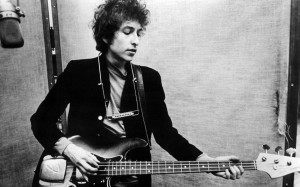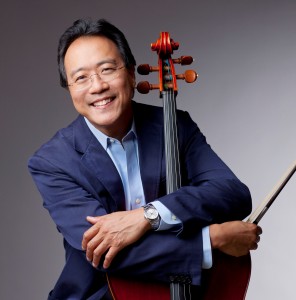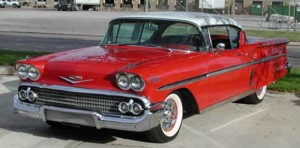My Music
I was growing up when Rock and Roll was born. Prior to rock and roll, popular music pretty much defined banality. Then, the blues and the beat. Early rock and Roll was not always great either. There was a lot of bad stuff out there. The radio stations had to fill their space, and Buddy Holly, Elvis, and the Everly Brothers would not stretch far enough. The music was born out of the blues, and there were black musicians who kept the tradition alive with some innovative infusions. A lot of the trash came from Phil Spector, with his wall of sound.
Like most things In our culture, the real stuff got co-opted by white men in suits. The real stuff stayed alive, but you didn’t hear it on top 40 radio very often. There were some musicians far away who did listen to the real stuff, and they infused it with their own culture. The British Invasion began, and music changed again. A tremendous burst of creativity came forth, almost world wide. Today, it’s called classic rock. The suits, however, got to sell their schlock alongside the good stuff.
There was a parallel trend during all this change. The folkies were alive and well, with the real stuff, Judy Collins (From Denver), Joan Baez, and others. We also got the Kingston Trio-like commercial music. The king of the folkies was a Jewish boy from Hibbing, Minnesota. Not blessed with a great singing voice, he developed a huge following because his lyrics managed to define the mood of a restless generation.
Then, he went electric. Bob Dylan and his legion of followers and contemporaries created music that inspired and motivated many of my generation. There also was this war lots of people did not like. The music led and we followed it into the streets. It wasn’t just the music that created the cultural shift of the 60’s; the civil rights movement probably started it all.
There were some parallel trends in music during all this. People still listened to big band standards, the Burt Bacharach’s were out there, commercial bubblegum polluted the airwaves, and Jazz stayed alive through it all. The 50s and 60s were probably the golden age of jazz, taking its roots in the blues to entirely new places. I left rock and roll for a while around 1959-1961 for jazz. I guess I needed the blues. Today’s jazz seems like Muzak with chords.
Classical music. There was not much of a classical music scene when I was a kid in Fruita. My introduction came from the Brumbaughs. They had a piano, and used it. Tedd, the older son, was my age, and two blocks away. The Brumbaughs took me to a violin concert at Mesa College in Grand Junction. Tossy Spivakoski was the violinist. (How can I remember his name? It must have been around 1956.). He was a well-known concert violinist, but I think he thought he was casting pearls before swine in the middle of nowhere. . He hated any coughing or other noise while he was playing, and scowled at the culprits. I liked the concert.
After my mother died, I listened to a lot of classical blues. Tchaikovsky’s Sixth Symphony is the probably the best musical lament of all time. Classical, especially Baroque, is now my favorite genre. Baroque seems to appeal to people with ADD. I can’t connect with the new stuff, pop is as insipid as always, and country is pop with a steel guitar. The scene is so fragmented I can’t track it.
I am sure there is good music, I just don’t know where. One place of genuine creativity that channels 60s protest music is Hip-Hop. I don’t connect with the sound too much, I guess I am too old and white, but if you want to know what is going on in Baltimore, listen to hip-hop.
I can’t listen to classic rock, I have heard every song several hundred times. Pop and country suck, so it is classical for me. Recently Carol and I went to a Yo-Yo Ma concert at DU. He is the most famous cellist in the world, and most of his program was Bach. I was transported. I have some old R&R in my truck, Bonnie Raitt, Dylan, the Cranberries, but it is mostly classical, mostly Baroque. I am content with listening to music that has been around for centuries. I am still a bit of a folkie, so that music is OK as long as there is no John Denver.




